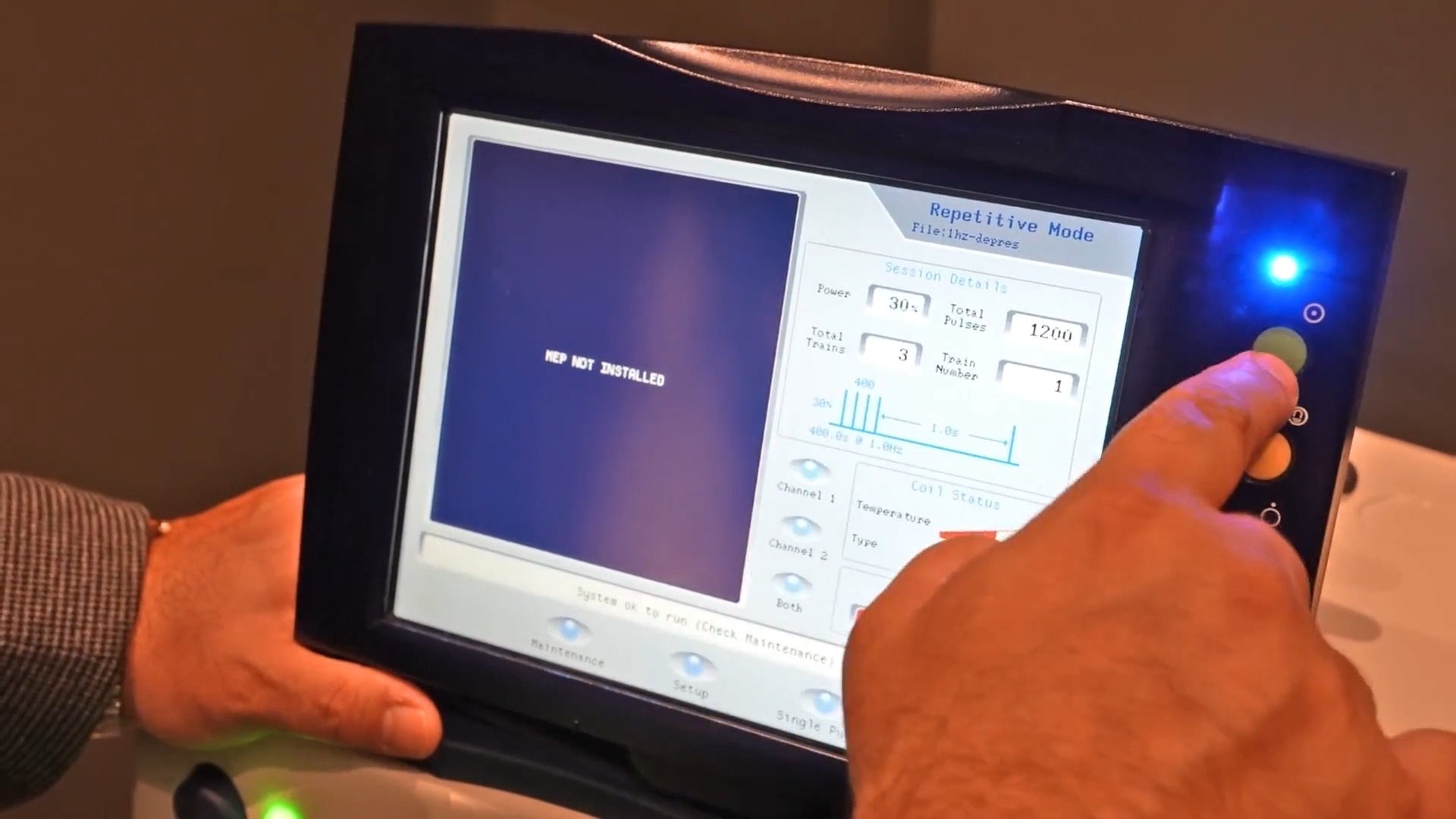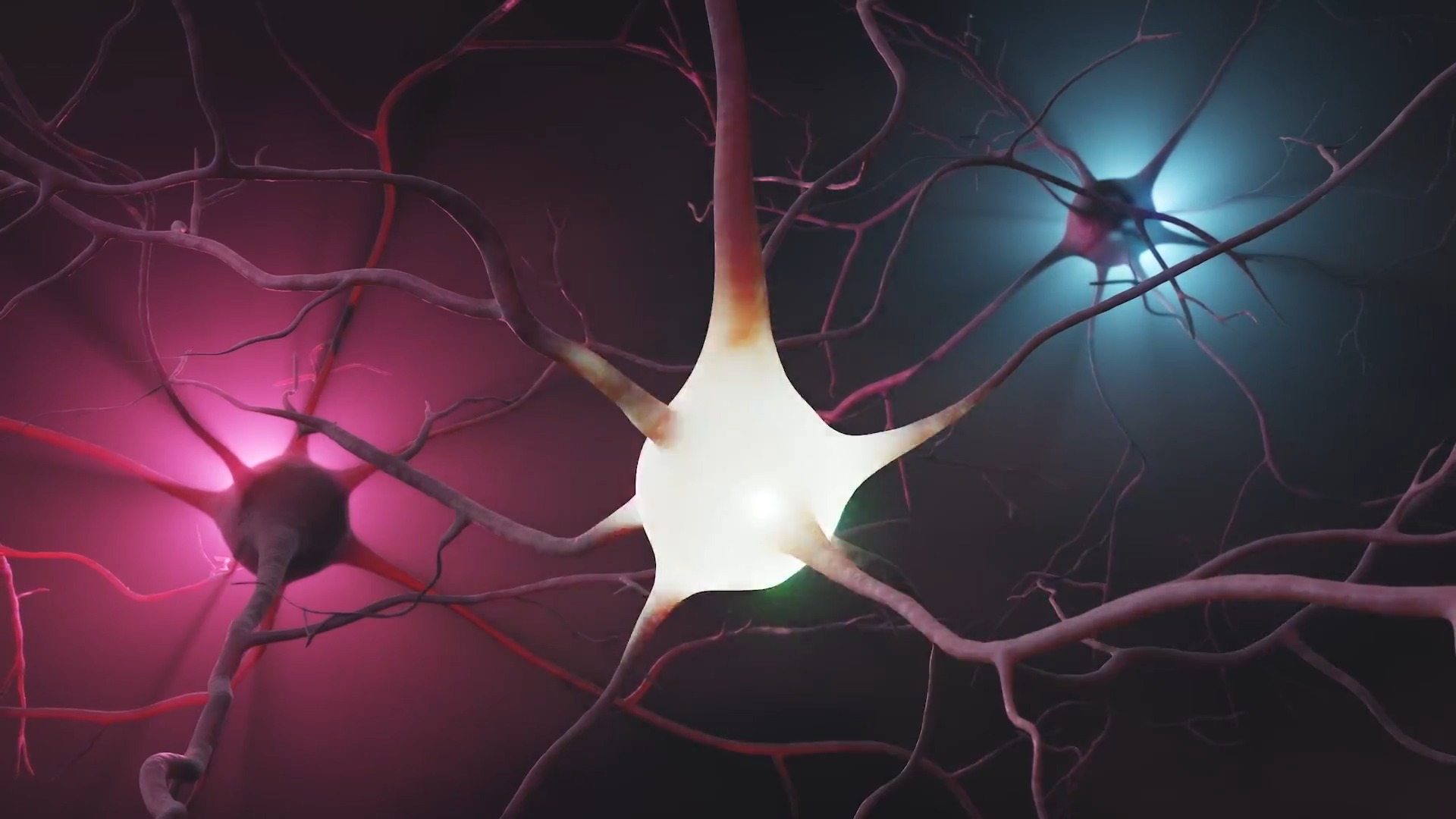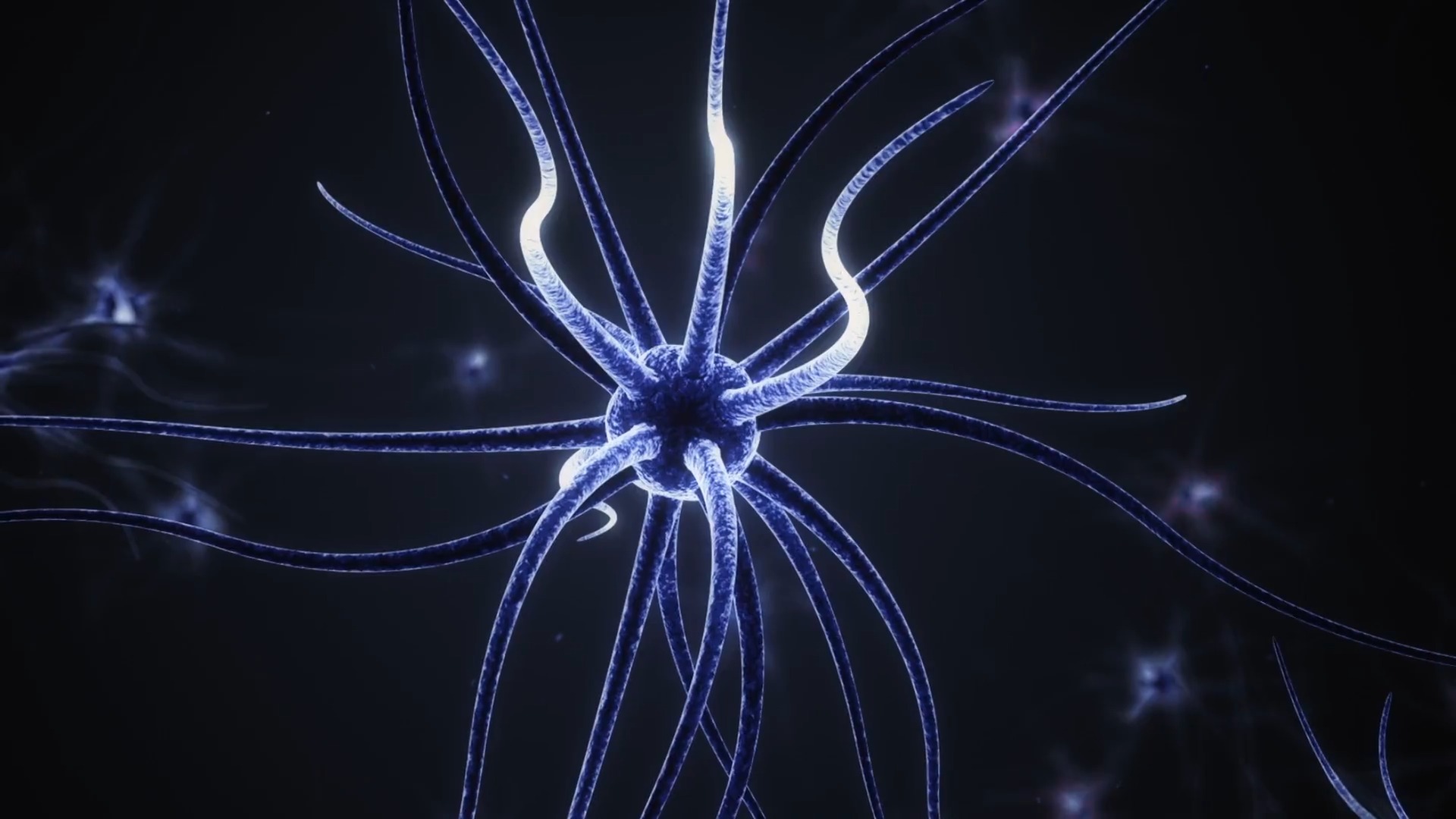

Groundbreaking non-invasive neuromodulation technique rTMS
Harnessing Cutting-Edge Neuromodulation for Brain Health
The groundbreaking non-invasive neuromodulation technique known as Repetitive Transcranial Magnetic Stimulation (rTMS) has revolutionized treatment approaches for both neurological and psychological disorders. The application of magnetic fields to activate specific brain regions makes rTMS an efficacious and scientifically backed technique for treating conditions like depression, anxiety and ADHD among others. Our London clinic provides rTMS services which utilize advanced qEEG analysis and AI-enhanced Neuromap algorithms to deliver highly individualized treatment sessions for each patient.
This section explores the origins and scientific developments behind rTMS technology.
In the 1980s British physicist Anthony Barker alongside his team created the first magnetic stimulation device that marks the beginning of rTMS technology. The foundational research conducted by these scientists established that magnetic fields can stimulate particular brain areas without invasive procedures which led to new therapeutic possibilities. The subsequent decades saw extensive research of rTMS while clinical trials showed its safety and effectiveness across multiple medical conditions.
The Food and Drug Administration approved rTMS treatment for major depressive disorder (MDD) in treatment-resistant patients during the late 1990s. The introduction of rTMS as a treatment option represented a major advancement in psychiatric care for those experiencing treatment-resistant depression. Extensive study and application of rTMS expanded to treat conditions beyond depression to include anxiety disorders, PTSD, OCD, and neurological issues such as stroke rehabilitation and chronic pain.
How rTMS Works: Stimulating the Brain for Healing and Growth
rTMS operates on a simple yet powerful principle: Magnetic fields create changes in the brain’s electrical activity during rTMS treatment. By positioning a coil against the scalp rTMS equipment sends magnetic pulses through the skull to reach specific brain regions. The magnetic pulses generate minor electrical currents to alter neuronal function in the targeted brain region.
What makes rTMS a flexible tool is its capacity to both stimulate and inhibit neuronal activity. For example:
1- rTMS boosts neuronal activity in underactive brain regions like the prefrontal cortex during depression which leads to enhanced mood and cognitive function.
2- rTMS serves as a treatment for anxiety by diminishing excessive brain circuit activity which leads to better relaxation and emotional control.
The capability of rTMS to adjust brain activity positions it as an essential instrument in neuromodulation. While medications often result in systemic side effects rTMS remains localized and non-invasive to provide patients with effective treatments free from pharmacological drawbacks.

Our Advanced Approach: qEEG-Guided, AI-Enhanced rTMS Treatment
Our rTMS treatment stands out because it combines advanced qEEG analysis with AI-driven Neuromap algorithms. Conventional rTMS treatments use standard protocols that target large brain areas without considering individual differences. Our treatment method ensures high levels of personalization through the use of data-driven techniques.
A detailed qEEG analysis initiates the process by recording the brain’s electrical patterns to locate dysregulated regions. Our proprietary Neuromap technology processes the qEEG results to identify the specific brain areas causing patient symptoms. Precise targeting capabilities enable us to tailor rTMS treatment to specific brain areas which delivers optimal therapeutic results.
We improve this method by using artificial intelligence and machine learning algorithms to examine qEEG data as it is being collected. These algorithms detect small patterns and relationships which would typically remain hidden while offering more profound understandings of brain operations. The treatment plan developed shows scientific accuracy and is customized according to the individual requirements of each patient.
Numerous clinical studies have confirmed the effectiveness of rTMS which positions it as a top treatment option for several neurological and psychological disorders. For example:
1- Studies demonstrate rTMS as a beneficial treatment for major depressive disorder symptoms especially in patients who show no reaction to traditional antidepressant treatments.
2- Research shows that rTMS modulates overactive brain networks linked to anxiety which helps alleviate symptoms in conditions like generalized anxiety disorder and panic disorder.
3- Research shows that rTMS treatment improves concentration and attention by stimulating areas related to executive functions making it a non-drug treatment option for ADHD patients.
4- The use of rTMS on the medial prefrontal cortex enables better brain fear response management which leads to reduced PTSD symptoms.
5- Patients recovering from stroke or traumatic brain injury benefit from rTMS treatment which promotes neural plasticity while simultaneously improving motor function.
The research findings demonstrate rTMS’s broad application and success which helps establish its essential role in current neuromodulation treatments.
Our advanced rTMS program ensures every patient benefits from a custom-designed treatment path that prioritizes comfort and effective results. The treatment sessions are customized based on the specific areas identified during the initial qEEG assessment and Neuromap analysis that need intervention. The treatment sessions take place in a supportive and tranquil atmosphere and each session runs for about 20 to 40 minutes.
Patients typically start experiencing positive changes after their first few sessions and continue to observe progressive benefits throughout the treatment course. Patients can resume their normal activities right after each session because rTMS treatment involves non-invasive procedures without anesthesia or recovery time.
Our rTMS treatments combine scientific precision with modern technology to revolutionize brain health management options. Patients benefit from an innovative recovery pathway through our integration of qEEG analysis with AI-enhanced Neuromap technology alongside rTMS’s proven effectiveness.
The advanced treatment method combats fundamental neurological and psychological issues while granting patients enhanced insight into their brain health. rTMS stands as a leading innovation in neuroscience by offering scientifically validated and non-invasive treatment that improves mental health and emotional well-being.
Our London clinic leads innovative neuromodulation therapy delivery while providing patients with cutting-edge care options. rTMS treatment goes beyond symptom relief by tapping into the brain’s potential to enhance patient quality of life.
1- How tDCS Headset Works
2- A Science-Backed Approach
3- Remote treatment with tDCS Headset
